SWEDCS'2017is a forum to gather world-class experts in emerging devices, circuits and systems. It is the second workshop and organized by the School of Information Science and Technology (SIST) at ShanghaiTechUniversity. This year, the workshop focuses on the “Intelligent Hardware”.Today, data-driven and artificial intelligence enabled computing is dramatically changing our way of living and creating both opportunities and challenges for modern computing devices and systems. This workshop gathers the most renowned researchers in the world to exchange the recent development in intelligent hardware from the perspectives of devices, circuits and systems.
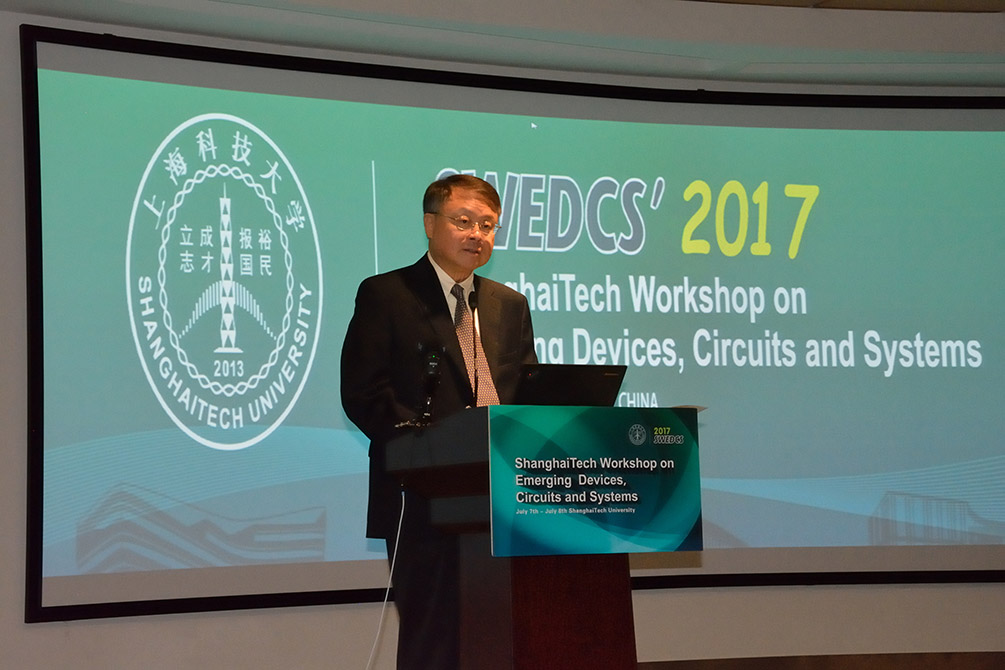
President JiangDelivered an Opening Remarks
The plenary speakers included Professor Alwyn Seeds (University College London, fellow of Royal Academy of Engineering), Professor Key May Lau(HKUST), Professor Kang Wang(Distinguished Professor and Raytheon Chair in EE, UCLA) and Dr. Steve Trimberger (Member of the US National Academy of Engineering) etc. The workshop attracted about 400 young faculty members, post-doctoral researchers, graduate students, and final year undergraduate students in related fields from China and the Asian Pacific region.
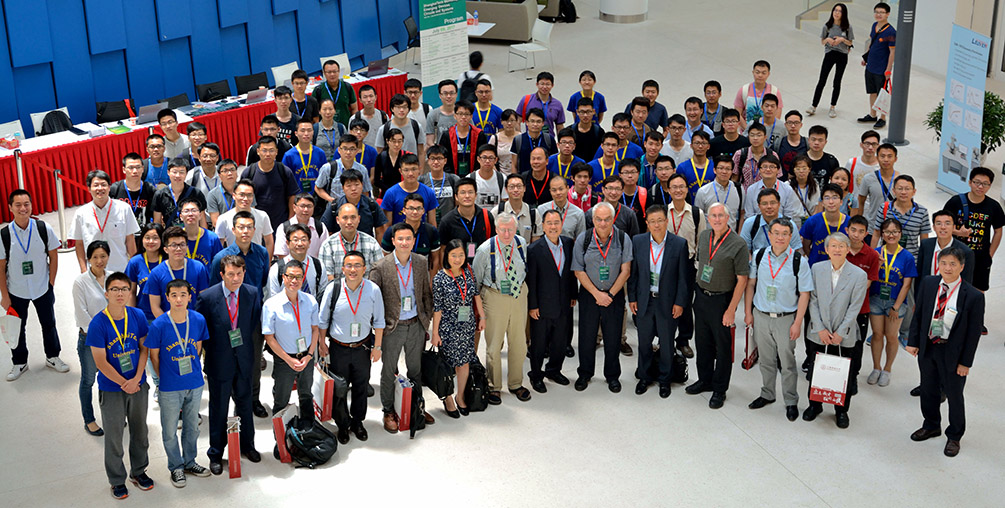
Partsof the Attendees
Professor Kei May Lau is Fang Professor of Engineering at the Hong Kong University of Science and Technology (HKUST). In her talk, she thought to support an energy-efficient optical interconnect technology enabled by silicon photonics, development of low-power-consumption active devices and associated integration technologies was needed. Most communication wavelength lasers with excellent device performance have been grown on III-V substrates and bonded to silicon. For monolithic integration, there were considerable advantages in a technology that allow growth and fabrication of such lasers on III-V/ Si compliant substrates. Quantum dot (QD) active layers grown on lattice-matched III-V substrates have demonstrated their benefits for lasers with low-thresholds and temperature-independent operation. In addition, the reduced sensitivity of QD to defects and their unique capability of filtering dislocations make them an ideal candidate as the gain medium of hetero-integrated III-V on Si optical sources. She discussed the growth of multi-stack QDs on compliant substrates by MOCVD. Fabrication and laser characteristics of whispering-gallery-mode (WGM) micro-lasers using the grown epitaxial structures was also discussed. Initial demonstration was achieved using simple a colloidal lithography process in combination with dry and wet-etching. The micro-disk lasers were one to four microns in diameter, with single mode lasing at either 1.3 or 1.55 μm, depending on the barrier/cladding system. With smooth sidewalls and sufficient undercut by wet etching of the pedestal, the air-cladded MDs exhibit ultra-low thresholds of a few uW by optical pumping. Preliminary results of electrically-pumped micro-lasers was presented in the speech. She expressed those energy-efficient micro-lasers were excellent candidates for on-chip integration with silicon photonics.
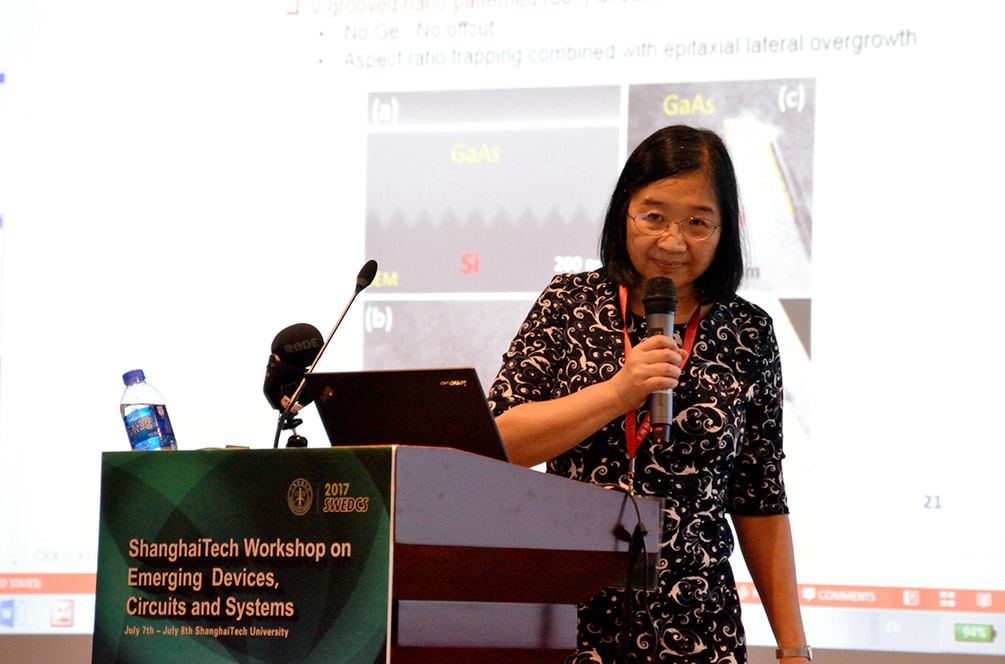
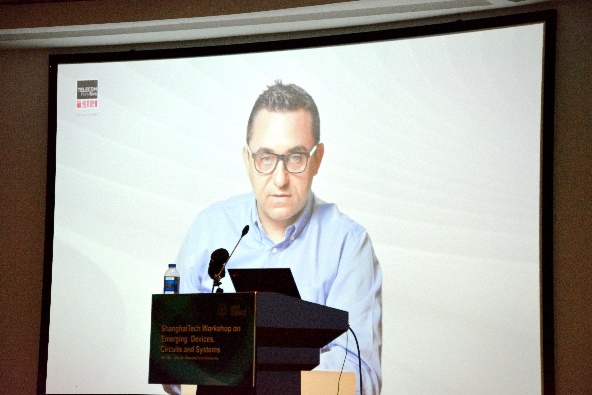
Prof. Kei May Lau Dr. Frederic Grillot (by video)
Dr. Steve Trimberger has been employed at Xilinx since 1988, where he is currently Xilinx Fellow heading the Circuits and Architectures Group in Xilinx Research Labs in San Jose, California. He shared with the audience about the FPGA computing’s yesterday today and tomorrow. Since their inception, FPGAs have been envisioned as compute devices. Many demonstration systems were built, but widespread adoption seems to be only arriving now. Why has it taken so long? Recent deployment of FPGAs in data centers have highlighted the potential for FPGAs to take on tasks that have been envisionnedas the domain of traditional instruction set processors. Can FPGAs address many of our data center tasks in database operations, search and machine learning? Many common applications of FPGAs today take advantage of FPGAs to deliver high-speed and low-power computing in embedded applications. These applications give us an indication of how FPGAs can contribute in the future. His talk retraced the evolution of FPGA technology from a simple ASIC alternative to a full computing system, and covered novel work on FPGA-based machine learning algorithms. Knowing our SIST students organized an FPGA club, Dr. Steve Trimberger donated RMB 5,000.00 to the FPGA club to show his great support to the students’ enthusiasm about FPGA.
There were two parallel sessions on the first day of the workshop: Optoelectronic Devices and Smart Power Conversion. Prof. Henry Chung from City University, Hongkong, Prof. Hiroon Sekiya from Chiba University etc. all gave masterly speeches which won tons of positive feedbacks from the attendees.
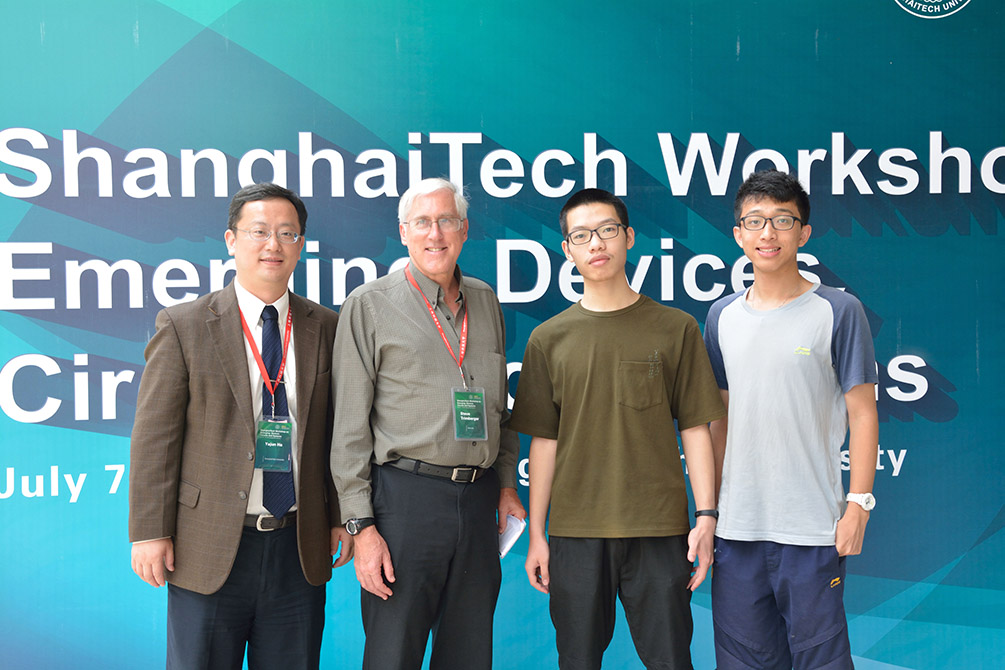
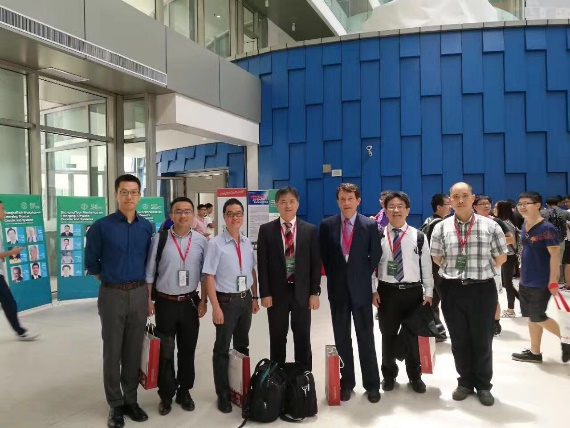
Author Ying Xue Photographer Yuchen Cao, Kang Zhou




 沪公网安备 31011502006855号
沪公网安备 31011502006855号


